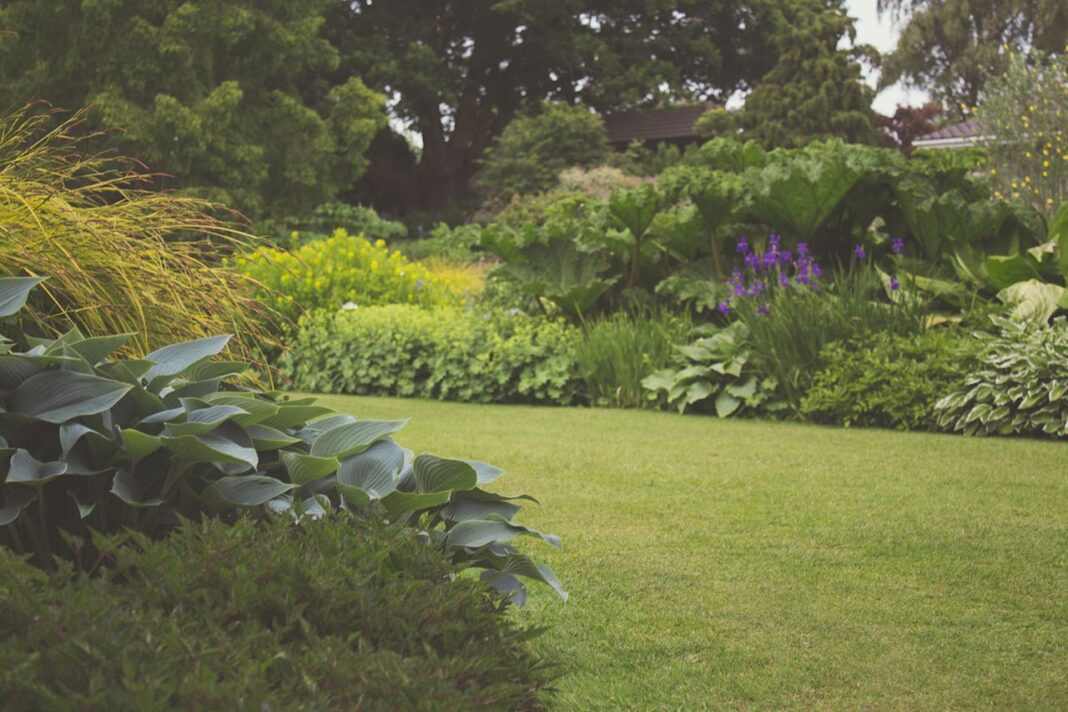When looking to cultivate a lush, vibrant lawn, choosing the right type of grass seed is crucial. Among the top choices for homeowners is Kentucky bluegrass seed, renowned for its ability to create a dense, attractive turf.
This grass type is not only aesthetically pleasing but also durable and adaptable to various climates and soil types. To enhance the beauty and functionality of your lawn, integrating complementary landscaping elements like high-quality stone supply is equally important.
This article will explore how to achieve the perfect lawn using Kentucky bluegrass and effective landscaping techniques.
Understanding Kentucky Bluegrass
Kentucky bluegrass is favored for its rich color and fine texture, making it a popular choice across many Northern American homes. It thrives in cooler climates but also has a remarkable ability to withstand fluctuating temperatures.
For optimal growth, Kentucky bluegrass requires well-drained, fertile soil and moderate amounts of sunlight. The initial growth might be slow, as it takes time to establish a deep root system, but once settled, it forms a lush, enduring ground cover.
Preparing the Soil
Before sowing any grass seed, proper soil preparation is key. Start by removing weeds and debris. Next, test the soil pH to ensure it falls within the 6.2 to 7.0 range, ideal for Kentucky bluegrass. Amend the soil with organic matter to improve its fertility and structure if necessary.
Tilling the soil to a depth of 4 to 6 inches is recommended to encourage root growth. Ensure the area is leveled and free from clumps, as uneven surfaces can lead to poor seed germination and water pooling.
Sowing the Seed
Timing is critical when planting Kentucky bluegrass. The best times are during early spring or fall, which allows the grass to establish itself under moderate temperatures and consistent moisture.
Distribute the seed evenly using a spreader and lightly rake the area to ensure the seeds make contact with the soil. It’s essential to keep the soil moist but not waterlogged during germination. Depending on the conditions, you might start seeing sprouts within two to three weeks.
Complementing with Stone Elements
While your Kentucky bluegrass grows, consider enhancing your landscape with elements from a reliable stone supply. Stones can add texture, color, and structure to your lawn. Use decorative pebbles to line garden paths or create a border around your lawn to define the space neatly.
Larger stones can be strategically placed to create natural-looking features, like a rock garden or a focal point near a water feature. Choosing the right stones to complement the greenery will enhance the overall appeal and value of your property.
Ongoing Maintenance
Once your lawn is established, regular maintenance is crucial to keep it looking its best. This involves mowing, watering, fertilizing, and periodic weeding. Set your mower to the correct height for Kentucky bluegrass, usually around 2.5 to 3 inches, to encourage healthy growth.
Water your lawn deeply but infrequently to promote deep root development, and use a balanced fertilizer to provide necessary nutrients throughout the growing season.

